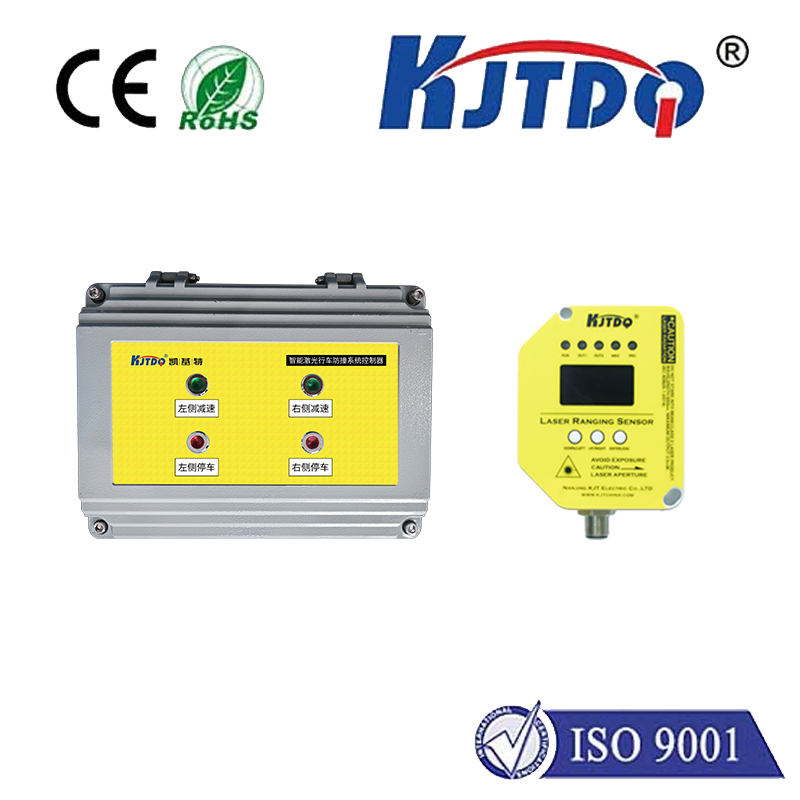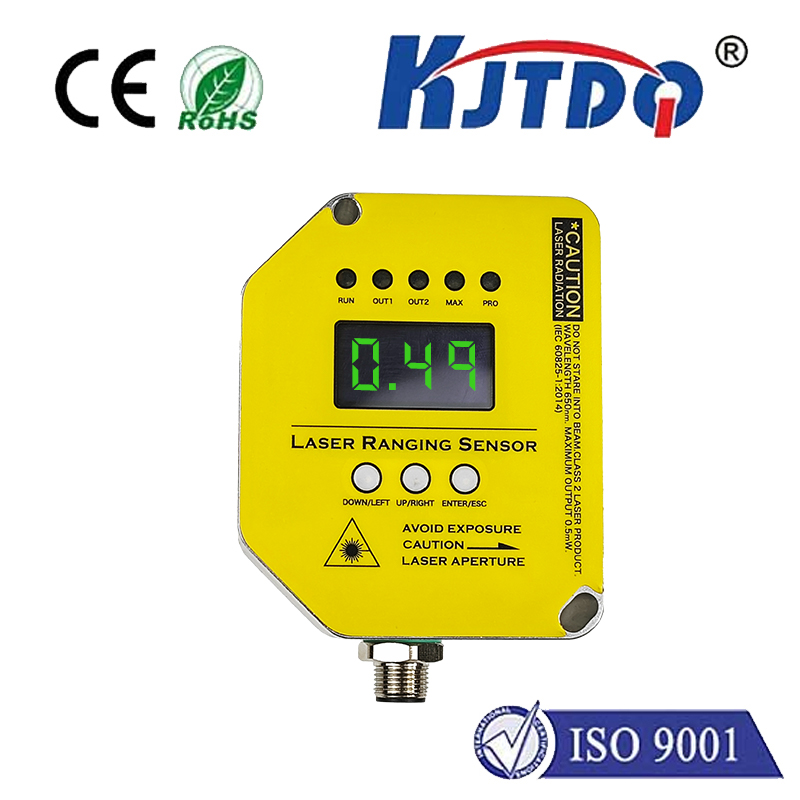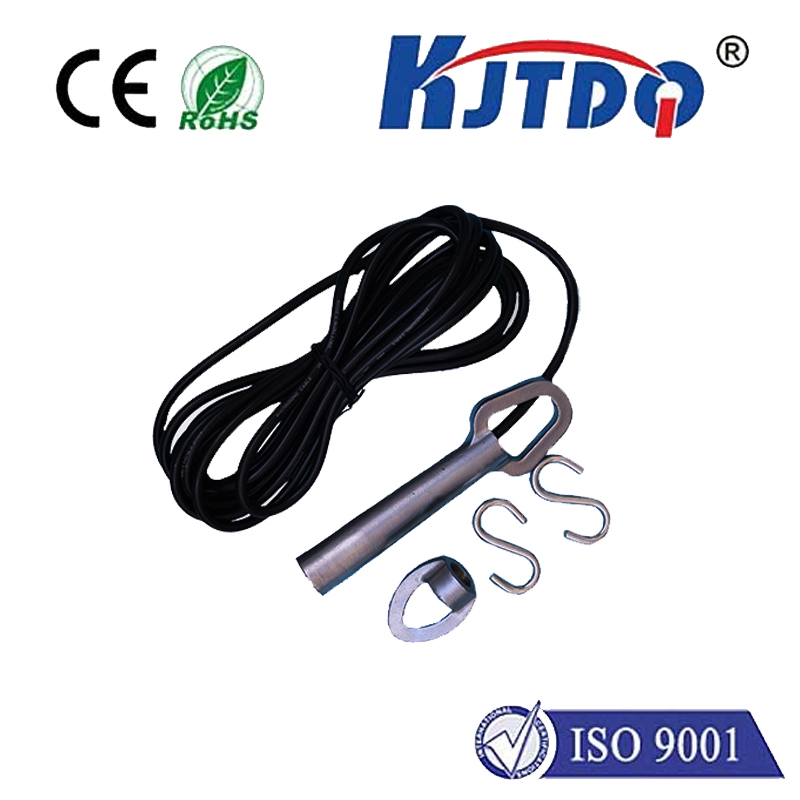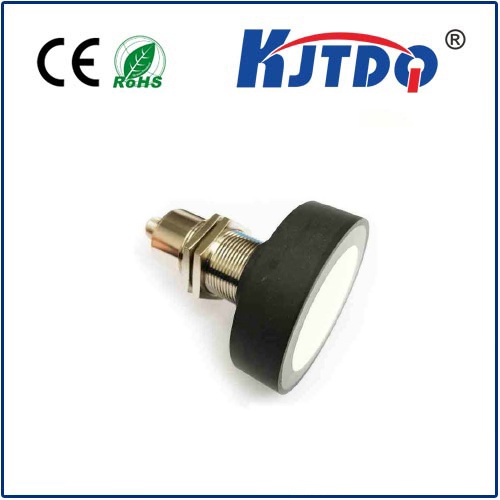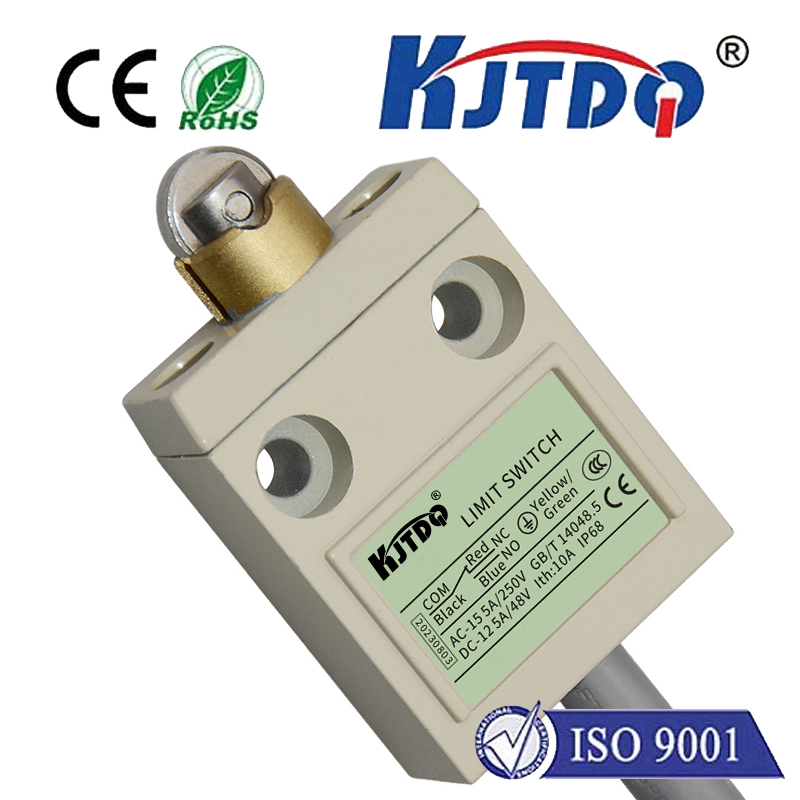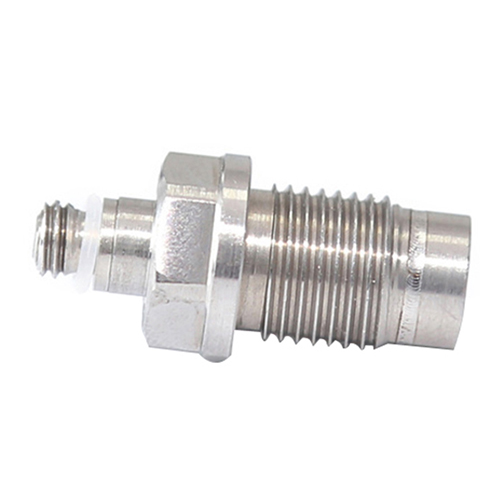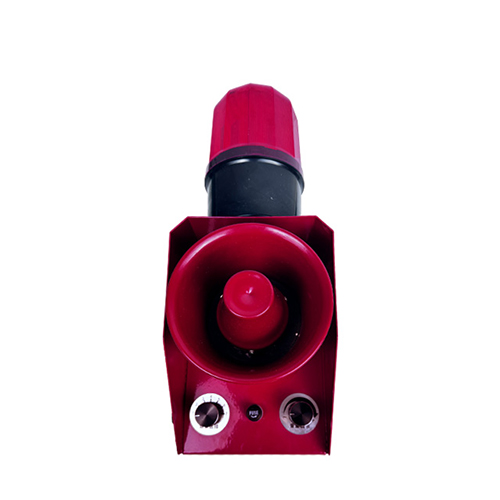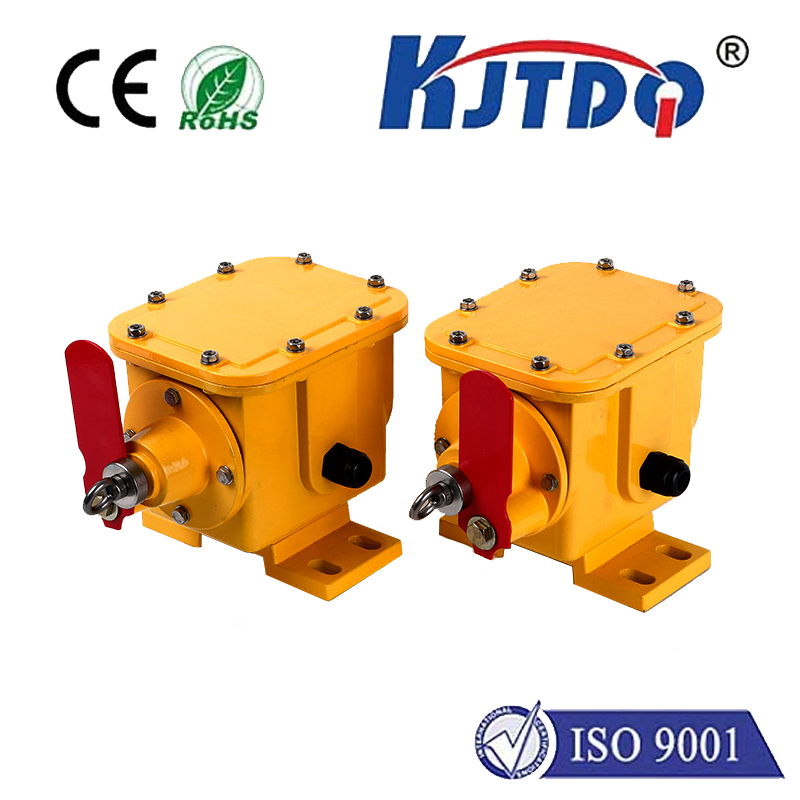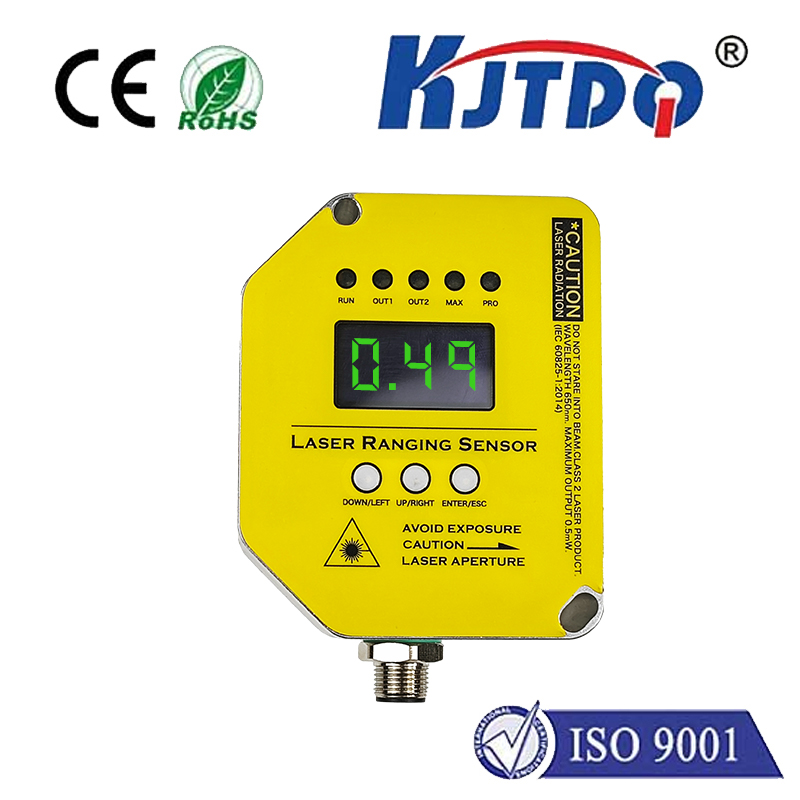Приблизительный датчик
- time:2025-07-09 03:38:25
- Нажмите:0
The Unsung Heroes of Efficiency: When “Good Enough” Sensing is Perfect
In an increasingly quantified world, we often hear the siren call of precision. From laboratory-grade instruments to high-fidelity audio, the pursuit of absolute accuracy feels paramount. But what if the relentless drive for pinpoint exactitude is actually holding back innovation in vast swathes of technology, particularly where ubiquitous sensing is required? Enter the fascinating and pragmatic world of the Приблизительный датчик – a design philosophy prioritizing practicality and resource efficiency over uncompromising precision, proving that sometimes, “good enough” is truly optimal.
Imagine a smart home ecosystem where every light switch, temperature probe, and motion detector demanded laboratory-grade accuracy and consumed significant power individually. The cost, complexity, and energy footprint would be staggering, likely rendering the system impractical for mass adoption. This is the core problem approximate sensing addresses. It represents a conscious engineering trade-off: intentionally allowing a degree of measurement uncertainty or error in exchange for substantial gains in cost reduction, power efficiency, size minimization, computation offload, and speed.
Why Embrace Approximation?
The rationale is compelling and rooted in real-world application needs:

- Cost Reduction: High-precision sensors often involve complex manufacturing, rare materials, or meticulous calibration. Approximate sensors simplify design and production, leveraging more common components and processes, making them significantly cheaper to produce at scale. This is crucial for deploying sensors everywhere – from agriculture fields to factory floors.
- Power Efficiency: Precision frequently demands significant energy for stable operation, signal conditioning, and high-resolution analog-to-digital conversion. Approximate sensors, by relaxing accuracy constraints, can operate with simpler circuitry, lower supply voltages, and even duty-cycle dramatically (sleeping most of the time), leading to orders of magnitude lower power consumption. This is the lifeblood of battery-powered and energy-harvesting devices.
- Reduced Computational Load & Bandwidth: Sending vast amounts of high-fidelity sensor data wirelessly consumes bandwidth and burdens central processors or cloud systems. Approximate sensors often incorporate local, lightweight processing (like basic thresholding, averaging, or event detection) or generate inherently lower-resolution outputs. This reduces data transmission needs, saving bandwidth and energy, and allows edge devices to make faster, localized decisions.
- Increased Speed & Responsiveness: Complex signal processing for high accuracy takes time. Simpler approximate sensors can react faster, providing near-instantaneous responses crucial for applications like basic collision avoidance, quick actuation triggers, or high-speed monitoring where absolute precision is secondary to detecting a change or event quickly.
- Miniaturization: Simpler circuits inherently take up less physical space. This enables approximate sensing in ultra-compact devices like wearables, ingestible sensors, and densely packed electronics where real estate is precious.
Where “Good Enough” Shines: Key Applications
The domains benefiting most from approximate sensors are often characterized by large-scale deployment, resource constraints, or where trends matter more than absolutes:
- Massive IoT Deployments: Smart cities, agricultural monitoring (soil moisture clusters, weather stations), warehouse asset tracking. Thousands of nodes need moderate reliability and ultra-low power, not lab-grade data. Energy efficiency is paramount here.
- Wearables & Consumer Health: Fitness trackers estimating step count or heart rate trends, basic sleep monitors. While medical diagnostics demand precision, general wellness tracking thrives on low-cost, long-battery-life approximate sensing. Continuous, approximate glucose monitoring is a prime example balancing utility and practicality.
- Industrial Monitoring & Predictive Maintenance: Vibration sensors detecting abnormal machine behavior (not measuring exact frequency to the milliHertz), temperature sensors spotting overheating trends in motors. Early anomaly detection often needs only relative change indication from robust, low-cost sensors distributed widely.
- Edge AI & Always-On Sensing: Devices like smart speakers using simple PIR sensors or microphones for keyword spotting or presence detection. They rely on ultra-low-power, “good enough” inputs to wake up more complex systems only when necessary, driving overall system efficiency.
- Robotics & Drones: Basic obstacle avoidance, altitude hold, or stabilization often doesn’t require millimeter precision. Cost-effective, lightweight sensors suffice for core navigation and safety functions.
Understanding the Trade-Offs: It’s Not About Being “Bad”
Embracing approximation doesn’t mean embracing unreliability or irrelevance. It’s about strategic design:
- Defining “Enough”: What level of uncertainty is acceptable for the specific task? Does a room thermostat need +/- 0.1°C, or is +/- 1°C perfectly sufficient for comfort? Clearly defining the required accuracy envelope is the first design step.
- Context is King: An approximate temperature sensor in a weather network provides valuable trend data, even if individual node readings have slight offsets. Its value lies in the aggregate and relative changes.
- Calibration & Compensation: Simple factory or infield calibration can significantly improve the practical accuracy of approximate sensors within their intended range. Sensor fusion (combining outputs from multiple low-cost sensors) can also enhance reliability.
- Focus on Robustness: Often, resilience against environmental factors (temperature drift, humidity) and long-term stability become more critical design goals than absolute initial precision for these sensors.
The Future: Smarter Approximation
The evolution of approximate sensing is tightly coupled with advancements in edge processing and AI. Increasingly, low-power microcontrollers and neural network accelerators are embedded alongside sensors. This enables smarter approximation:
- On-Device Signal Processing: Filtering noise, detecting specific patterns, or compressing data locally before transmission, maximizing the value of the approximate raw data.
- TinyML: Running ultra-compact machine learning models directly on the sensor node to interpret approximate data and trigger only relevant events or communications. For instance, an approximate microphone detecting only specific sound signatures (e.g., glass breaking, baby crying) instead of streaming all audio.
- Adaptive Sensing: Sensors that dynamically adjust their own precision or sampling rate based on context or detected events, further optimizing power and resource usage.
Выводы
The Приблизительный датчик is not a compromise born of weakness, but a powerful design paradigm born of pragmatism and the demands of a hyper-connected world. By strategically relaxing the relentless pursuit of perfect accuracy, engineers unlock unprecedented levels of scalability, affordability, and energy efficiency. In countless applications, from the vast networks of the Internet of Things to the next generation of intelligent edge devices, these unsung heroes of efficiency prove that understanding what level of precision is truly needed – and embracing the power of “good enough” – is often the most brilliant engineering solution of all. They enable sensing to be ubiquitous, sustainable, and intelligent, paving the way for technologies that would otherwise remain impractical dreams.

